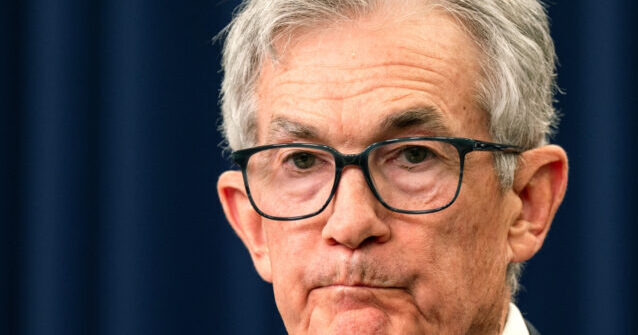In October, the U.S. experienced a notable increase in inflation as prices escalated at the fastest rate seen since April. The consumer price index, a crucial measure of inflation, recorded a 0.2 percent rise for the month, reflecting the same increase observed in September. According to the Department of Labor, the unrounded figure for October was 0.244 percent, marking the first time the measure had gone above two percent since April. This development signifies a continuation of rising prices, with October representing the third consecutive month of a 0.2 percent growth in the consumer price index on a month-to-month basis.
Year-over-year comparisons show a rise in inflation, with the rate jumping from 2.4 percent in September to 2.6 percent in October. This upward trend in inflation underscores changing economic dynamics. Core prices, which exclude volatile categories such as food and energy, experienced a slightly higher increase in October, rising by 0.3 percent from the previous month and reflecting a 3.3 percent increase compared to a year ago. These figures highlight persistent underlying inflation pressures in the economy that are being closely monitored by economists and policymakers.
Housing costs emerged as a significant contributor to the overall price increase, registering a 0.4 percent rise which accounted for more than half of the composite growth in the consumer price index. The food sector also noted increases, with a 0.2 percent rise overall. Within this category, grocery prices advanced by 0.1 percent, while the cost of dining out saw a marginal increase of 0.2 percent. These changes align with economists’ expectations, indicating a relatively consistent inflation landscape prevailing in the current economic climate.
Despite the uptick in prices, the core price increase reflected a steady state for median inflation, a measure of fundamental price pressure that has remained stable over the past three months. This consistency in core inflation rates hints at underlying stability, notwithstanding the recent overall price increases. However, the moderate growth in core prices suggests that while prices are indeed rising, they are not accelerating wildly, which may provide some relief to consumers and policymakers alike.
If the inflation rate observed in October were to persist over the ensuing twelve months, it could result in an annualized inflation rate of three percent—the highest monthly annualized rate since April. This scenario illustrates potential future economic conditions should current inflation trends continue. Furthermore, the annualized core inflation rate was recorded at 3.4 percent for October, a decrease from the 3.8 percent noted in September, indicating a slight easing in core inflation dynamics.
Overall, the inflation trends observed in October paint a complex picture of the U.S. economy. While the recent increases in the consumer price index and core prices may alarm some analysts, the steady nature of median inflation and the economic responses suggest a more nuanced outlook. As such, policymakers and consumers alike will be paying close attention to these developments as they navigate the economic landscape marked by rising prices and shifting consumer expectations.

